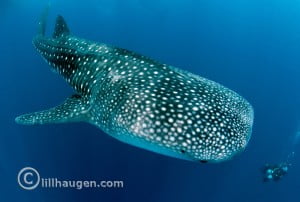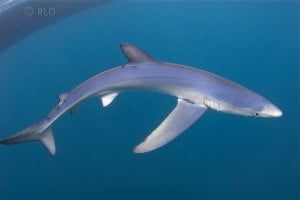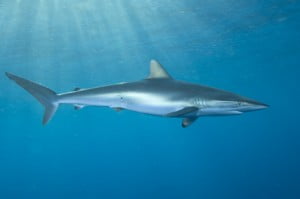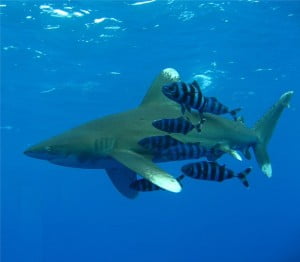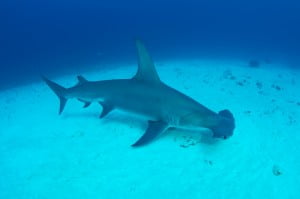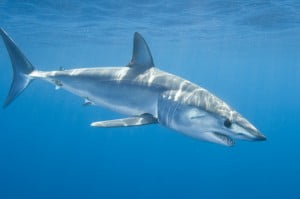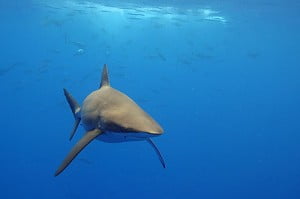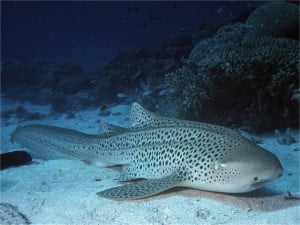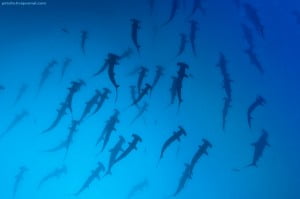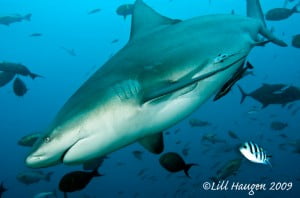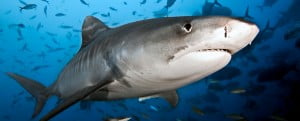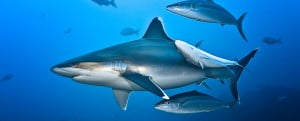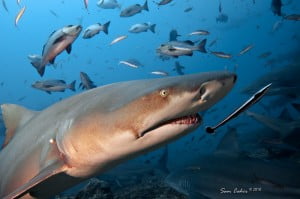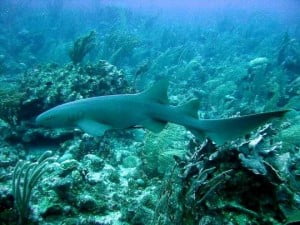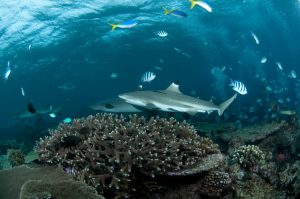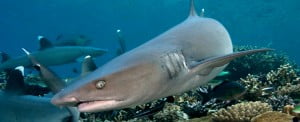The whale shark, Rhincodon typus, is a slow-moving filter feeding shark. It is the largest extantfish species. The largest confirmed individual had a length of 12.65 metres (41.50 ft) and a weight of more than 21.5 tonnes (47,000 lb), and there are unconfirmed reports of considerably larger whale sharks. This distinctively-marked fish is the only member of its genus Rhincodon and itsfamily, Rhincodontidae (called Rhinodontes before 1984), which belongs to the subclassElasmobranchii in the class Chondrichthyes. The species originated about 60 million years ago.
The whale shark is found in tropical and warm oceans and lives in the open sea with a lifespan of about 70 years.[3] Although whale sharks have very large mouths, as filter feeders they feed mainly, though not exclusively, on plankton, which are microscopic plants and animals. However, the BBC program Planet Earth filmed a whale shark feeding on a school of small fish. The same documentary showed footage of a whale shark timing its arrival to coincide with the mass spawning of fish shoals and feeding on the resultant clouds of eggs and sperm.
